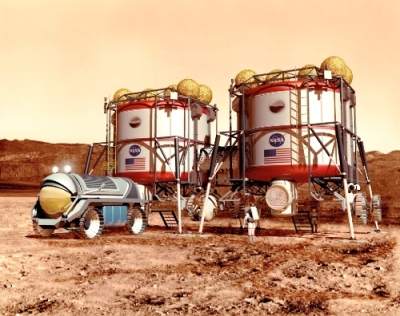Scientists are examining the feasibility of constructing hopping vehicles powered by radioactive material to more effectively explore the rugged surface of Mars.
According to Space.com, one concept floated by NASA engineers envisions a solar-powered vehicle capable of splitting carbon dioxide into oxygen and carbon monoxide, which it could then burn as fuel in conventional rockets.
Chinese researchers proposed a similar paradigm that would use electricity generated from batteries to suck in and heat carbon dioxide.

However, a French team adopted a different approach by suggesting that future exploratory missions could be powered by magnesium powder, albeit for a limited number of jumps, or hops.
Meanwhile, British scientists opined that radioactive isotopes should be employed to help squeeze gas into thrusters and heat it up for propulsion.
“Radioisotope power sources have been launched as part of spacecraft numerous times,” explained Hugo Williams, an aerospace engineer at the University of Leicester in England.
“A hopper would draw on these experiences and design standards and would be subject to an extensive test program to demonstrate compliance with safety requirements.”
“[And] because the vehicle can collect propellant in-situ from the atmosphere, it has the potential to have a very long life, and therefore visit many sites of interest.”






